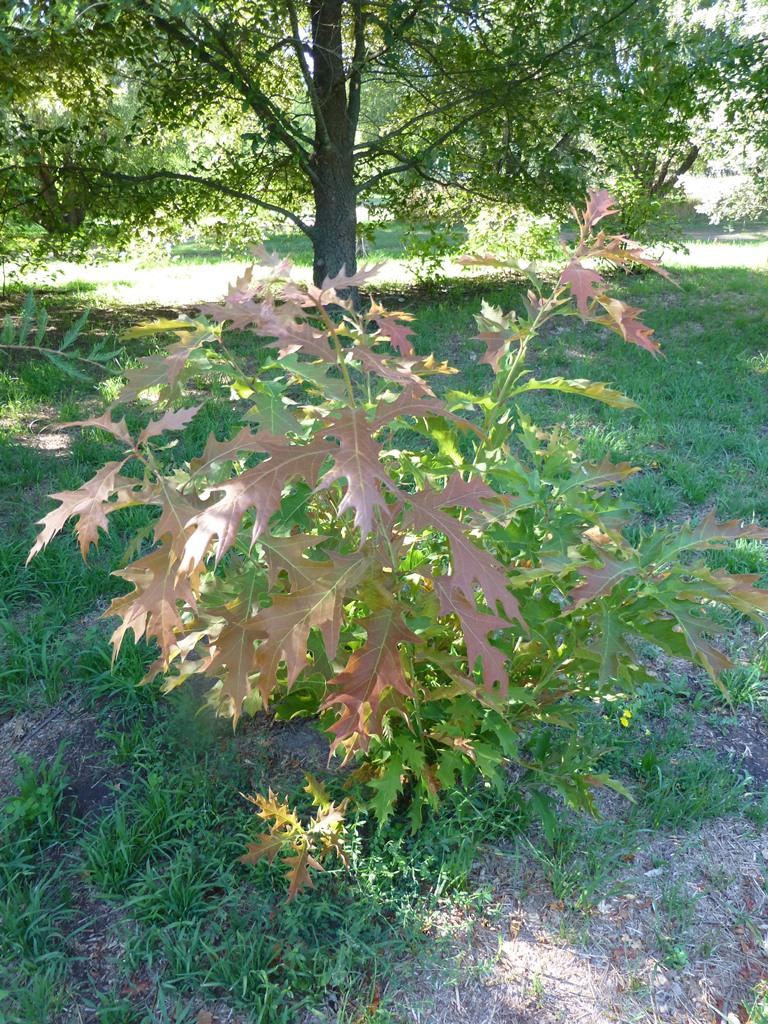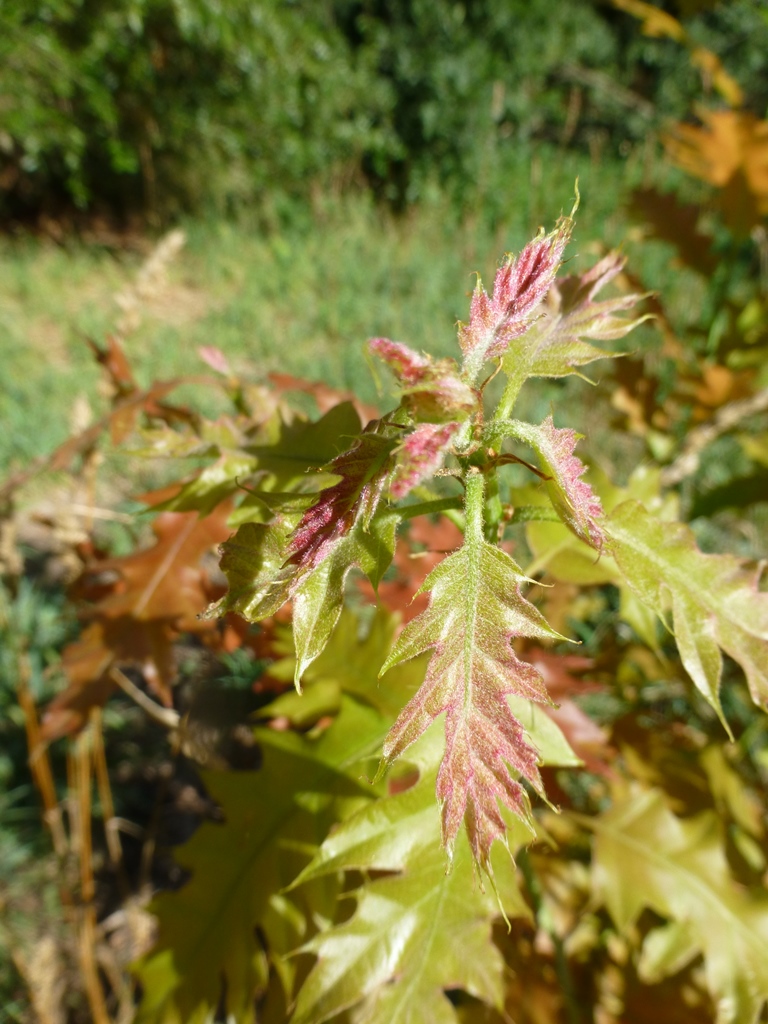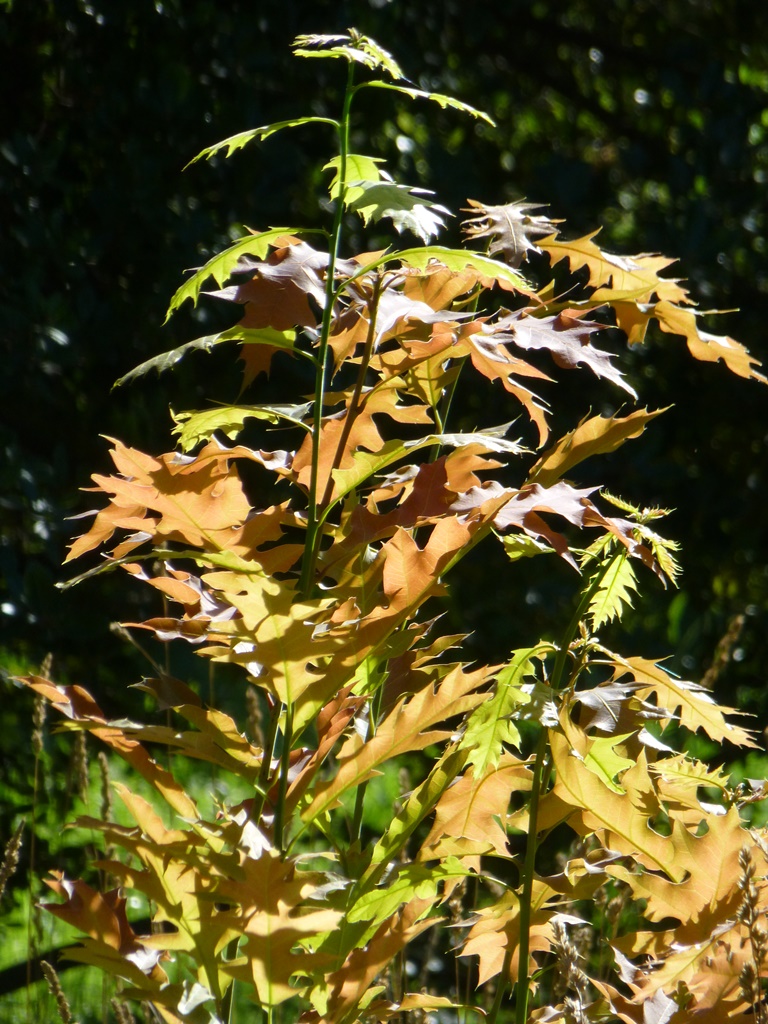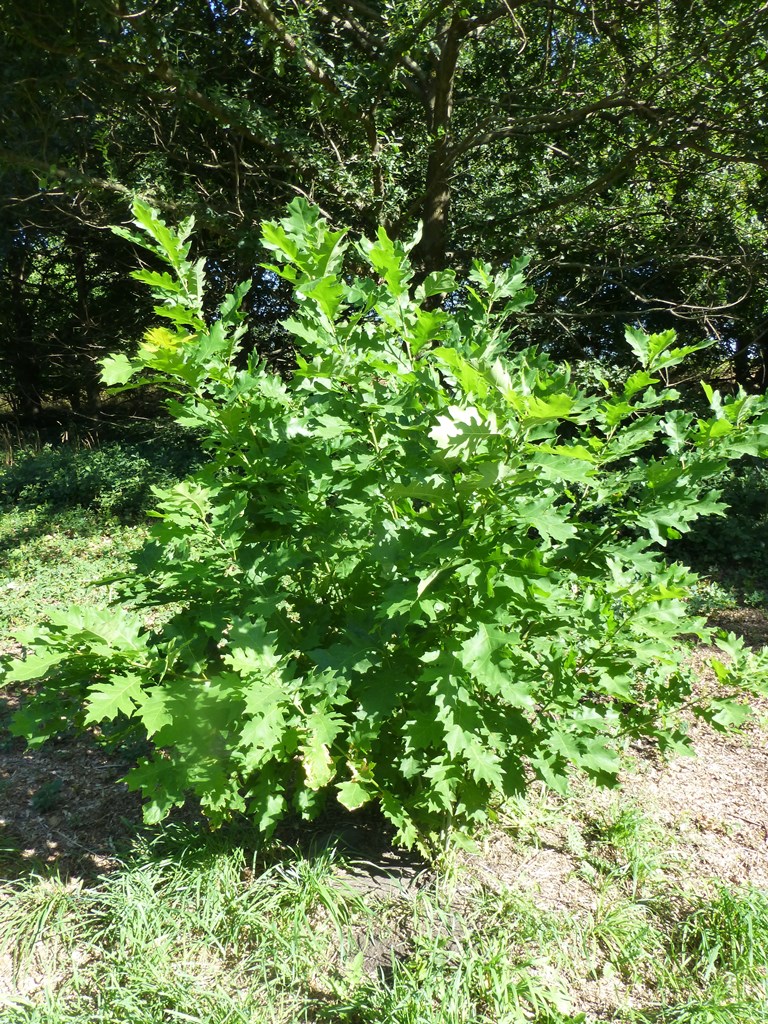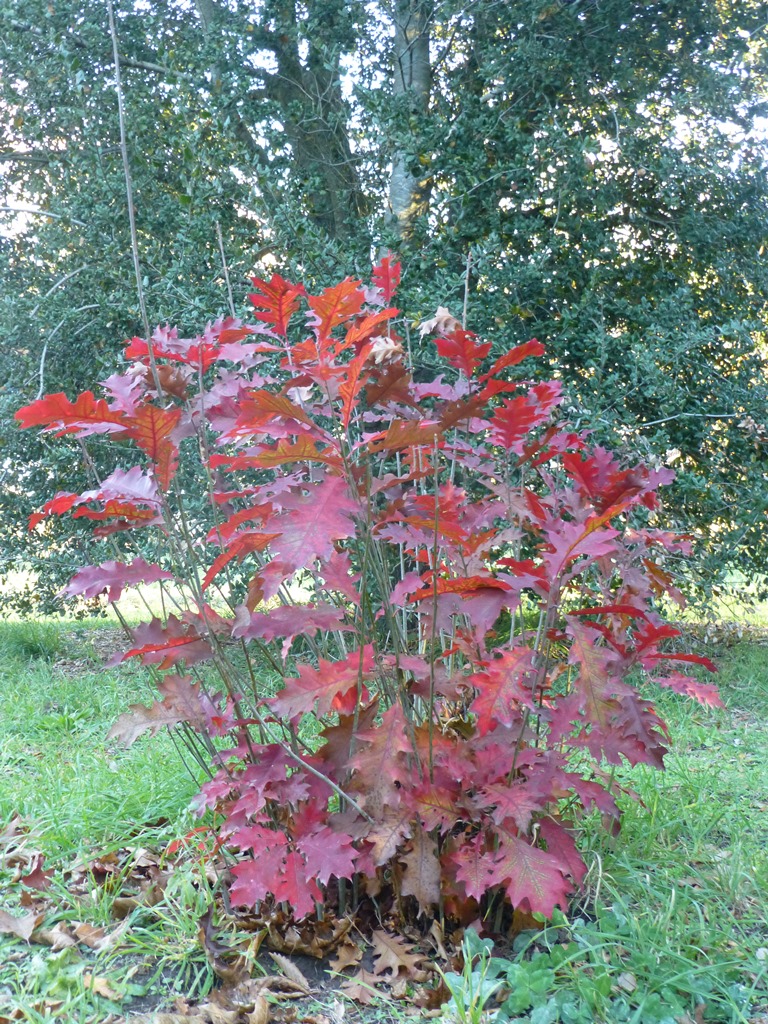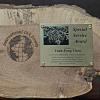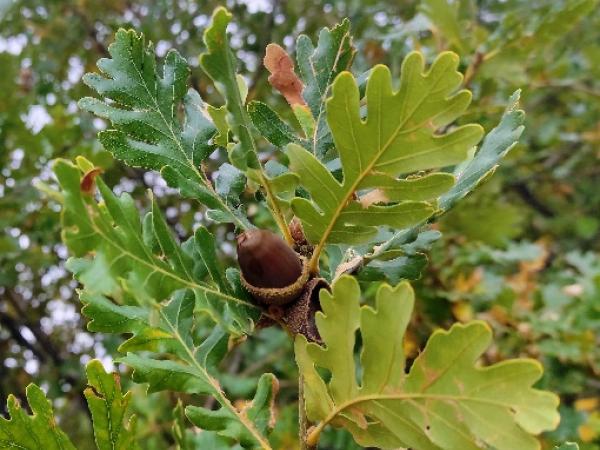Editor's Picks
Plant Focus
A couple of years ago I decided to cut down several young oaks in Grigadale Arboretum. It was a hard decision as they were the first oaks planted by my father and at the time were vigorous 20-year-old trees. However, they were common species (Quercus rubra and Q. robur) that he planted before he started collecting oaks, and they were now stealing light and space from rarer species that were planted later, including some Q. robur cultivars and fine specimens of Q. agrifolia and Q. phillyreoides. They were cut down to the ground in winter 2013, but what I had not expected was that the following spring the red oaks sprouted back, producing some rather attractive bushes, the young foliage taking on colors and dimensions that don’t occur in specimens that follow a normal growth cycle. And in late autumn, these bushes produced the best foliage in the arboretum.
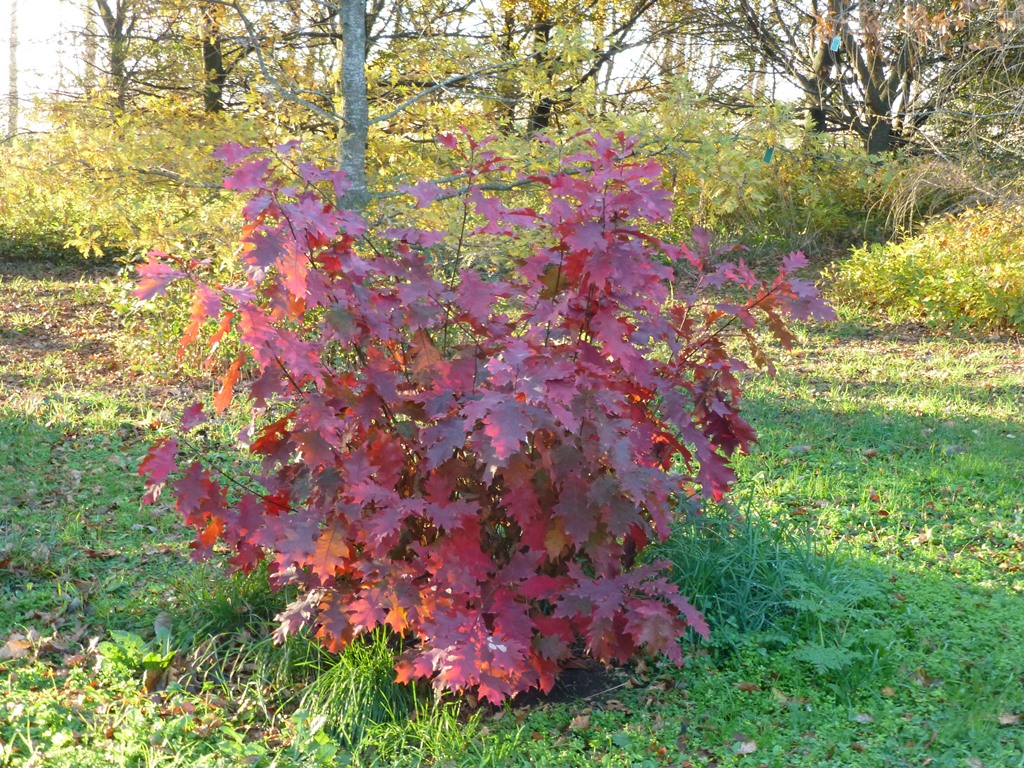
The technique of pollarding was discussed at the IOS Conference in Bordeaux by Dominique Mansion in his presentation “Tognes, Tétards, Emonds, Plesses: The Multiples Aspects and Uses of the Farmer’s Oak”, but I wonder if the horticultural possibilities of coppicing different oak species have been explored. I have cut down the shoots a second time: how many times will the stump re-sprout before they throw in the towel? Presumably if this effect were being actively sought, it would be better to leave a short stump rather than cutting them down right down to the ground. Not all stumps sprouted and some have died already. Also, English oak hardly sprouted and where it did, it was not particularly pleasing to the eye.
Here are a few photos of the “bushes” in different seasons. Have other members had similar experiences? Comments welcome!
